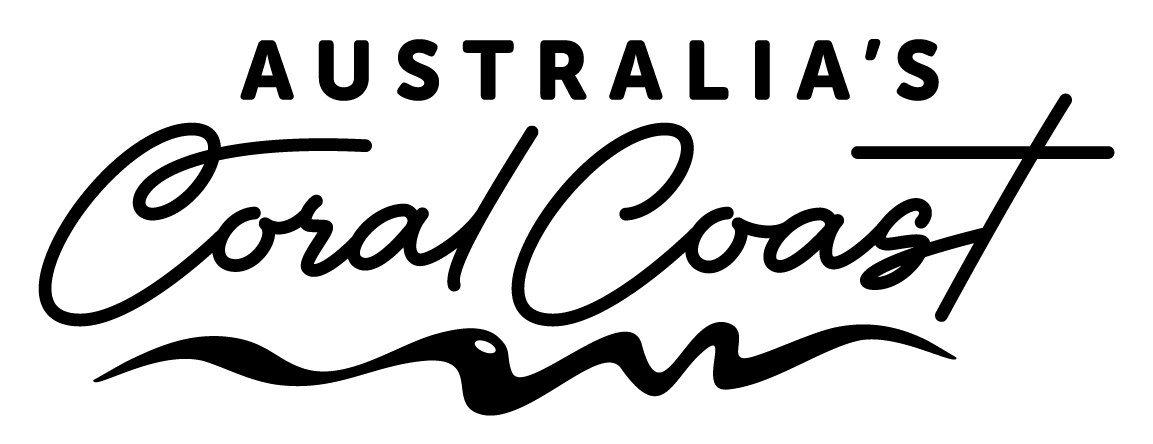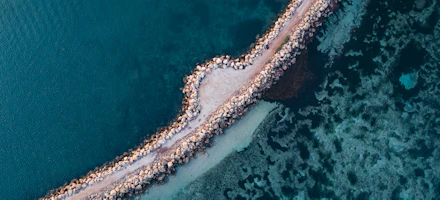
Mount Augustus National Park
Mount Augustus National Park is home to the world's largest monocline, known as Burringurrah by the local Wadjari Aboriginal people.
Located 460km east of Carnarvon, the Mount Augustus rock itself is about eight kilometres long and covers an area of 4,795 hectares within Mount Augustus National Park. The granite rock that lies beneath Mount Augustus is 1,650 million years old. This makes it twice the size of Uluru (Ayers Rock) and considerably older. It is also the biggest 'rock' in the world. During dawn and dusk, its colours are awe inspiring, changing from deep indigo to bright pink, orange or red and occasionally green. These contrasts make for some amazing photo opportunities.
There is a 49 kilometre circuit around Mount Augustus National Park suitable for conventional two-wheel-drive vehicles. This circuit offers views of the changing faces of the rock and access to a number of key sites including rocky creek gorges, caves, Aboriginal rock art, picnic sites, walk trails and a variety of wildlife on the rock, plain and water courses.
Aboriginal etchings can be found on short walks around the rock at Flintstone Rock, Mundee and Ooramboo. For the more energetic there are a number of longer walk trails available including a return hike to the rock's summit. This a 12-kilometre, six-hour return walk and is suitable only for fit and experienced bushwalkers. From the summit there are extensive views over the surrounding plain, drainage basin and distant ranges. Seek advice from the Mount Augustus National Park ranger before setting out on this walk.
For more information on visiting Mount Augustus National Park visit the Department of Parks and Wildlife. No camping or open fires are permitted within the National Park or on Mount Augustus Station pastoral lease. Accommodation, powered caravan sites, camping facilities, meals, fuel and water are available at Mount Augustus Tourist Park, located five kilometres from the base of the Rock.
Organised tours to Mount Augustus National Park are available from Carnarvon. Contact the Carnarvon Visitor Centre for more information on visiting the National Park.
































